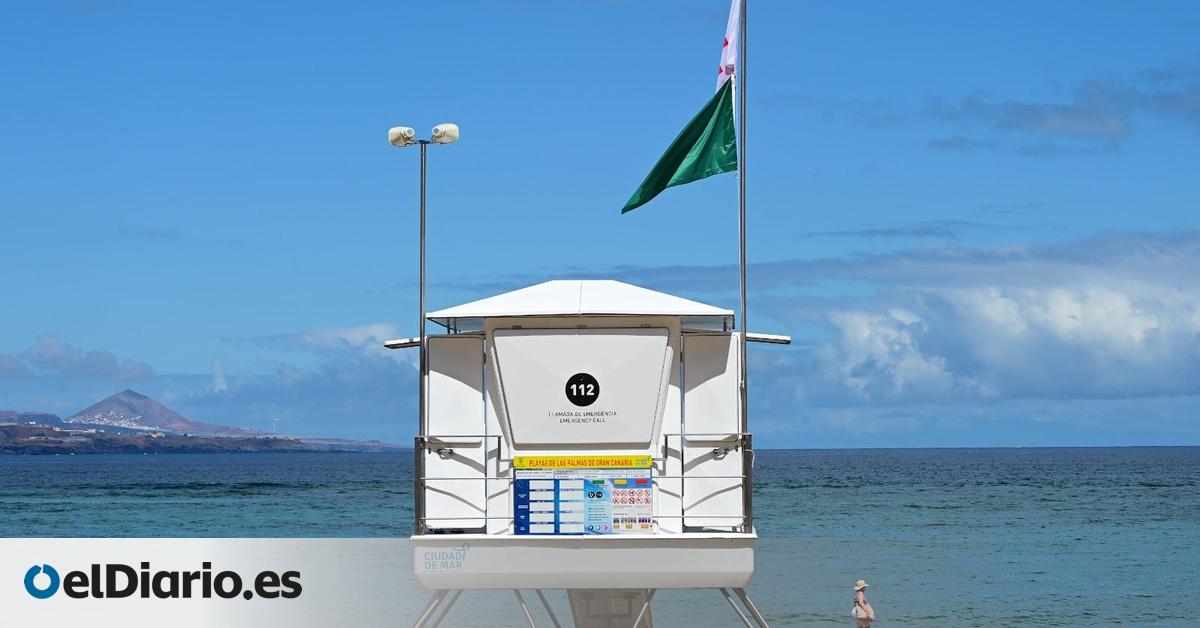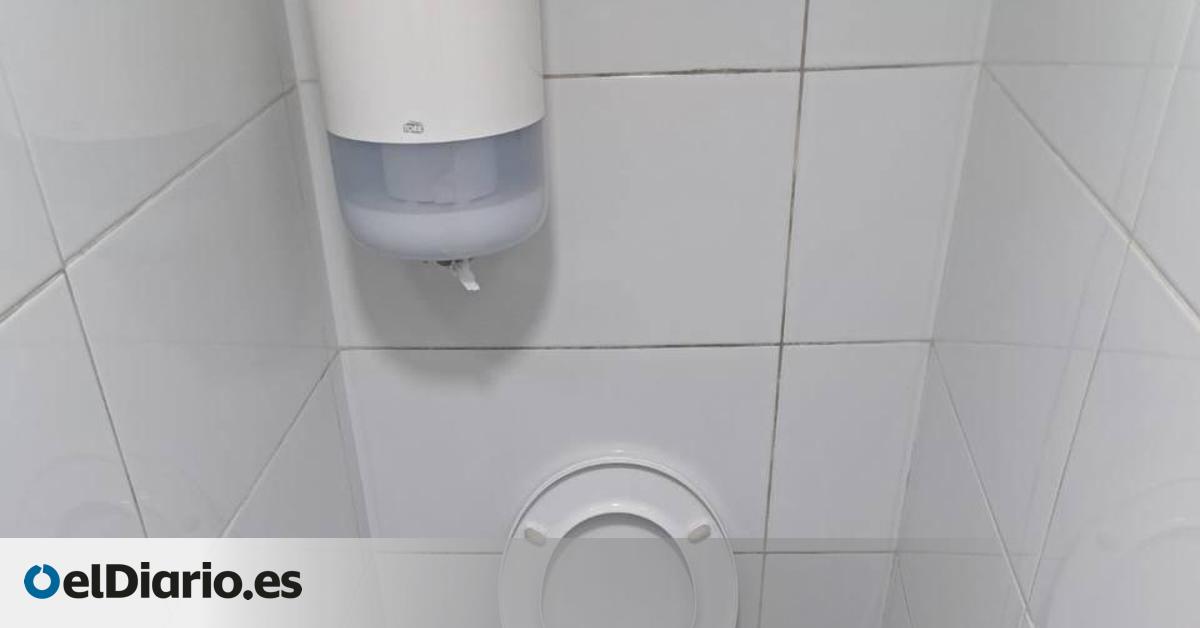High UV Radiation Risk in San Andrés y Sauces and Santa Cruz de La Palma

The Ministry of Health of the Canary Islands Government, through the General Directorate of Public Health of the Canary Health Service (SCS), coordinates the Preventive Action Plan for the Effects of Ultraviolet Radiation on Health. This plan establishes a series of recommendations aimed at reducing the health effects associated with ultraviolet (UV) radiation based on the levels defined in this plan, according to a press release.
Current UV Risk Levels
In accordance with this plan, the General Directorate of Public Health reports that, based on data provided by the State Meteorological Agency (AEMET) and the indicators set by this plan, the risk of ultraviolet radiation in the Canary Islands remains at very high levels until 25 August. This is particularly extreme in the islands of Gran Canaria and El Hierro, as well as in several municipalities of Tenerife, Lanzarote, Fuerteventura, La Palma and La Gomera.
Island-Specific Risk Levels
The current risk levels by island are as follows:
- Gran Canaria: extreme risk across the entire island.
- Lanzarote: extreme risk throughout the island, except in Arrecife, which remains at very high.
- Fuerteventura: extreme risk across the island, apart from Puerto del Rosario, which is at very high.
- Tenerife: very high risk for the entire island, except for the municipalities of Santiago del Teide, Guía de Isora, Vilaflor de Chasna, Arona and San Miguel de Abona, which face extreme risk.
- La Palma: extreme risk, except for the municipalities of San Andrés y Sauces and Santa Cruz de La Palma, which are at very high risk.
- El Hierro: extreme risk in all municipalities.
- La Gomera: extreme risk throughout the island, except for the municipality of San Sebastián de la Gomera, which is at very high risk.
Public Health reminds us that the Canary Islands is the region of Spain with the highest UV radiation levels throughout the year, according to data from AEMET.
Sun Protection Awareness
Protecting oneself from the sun is essential not only in summer or when going to the beach, but throughout the year and anywhere in our Islands, even on cloudy days. It is particularly important to remember that UV exposure increases with altitude.
When the health risk from solar radiation reaches very high levels, it is advisable to consistently use daily sun protection (SPF 50+), stay in shaded areas during the central hours of the day, wear wide-brimmed hats and clothing that covers arms and legs, use appropriate sunglasses, and especially protect children and the elderly. Those working outdoors, who are more exposed to the sun, should also incorporate UV protection measures alongside other safety precautions.
Cumulative Effects of Solar Damage
Additionally, the technicians from the General Directorate of Public Health emphasise that solar damage is cumulative. Excessive exposure and sunburn during childhood significantly increase the risk of certain types of skin cancer many years, or even decades, later. It is also important to note that on cloudy days, solar rays penetrate through the clouds, even if the sensation of heat may be less, as is the case with a breeze.
Understanding Risk Levels
The Preventive Action Plan for the Effects of UV Radiation establishes five risk levels (low, moderate, high, very high, and extreme) associated with various protection recommendations for citizens based on the health risks linked to each level.
Every week, the General Directorate of Public Health of the SCS publishes a risk map of the archipelago according to the indicators set by AEMET.
Health Risks of UV Radiation
The acute effects of UV radiation can vary: DNA damage, sunburn, phototoxic and photoallergic reactions, and immunosuppression, which may be considered a risk factor for cancer and could lead to the reactivation of viruses like cold sores.
Overexposure to ultraviolet radiation can also result in severe health issues, including skin cancers such as basal cell carcinoma and squamous cell carcinoma (relatively common), while melanoma is the most serious and least common type. Furthermore, exposure to UV radiation increases the risk of eye damage if proper eye protection is not used.
Increased Risk Groups
UV radiation can adversely affect anyone, but the risk increases for individuals who:
- Spend long hours in the sun (either for work or leisure) or have experienced repeated episodes of sunburn throughout their lives.
- Have fair skin, hair, and eyes.
- Take certain oral and topical medications, such as antibiotics, contraceptive pills, and products containing benzoyl peroxide. Additionally, some cosmetics may increase skin and eye sensitivity to UV radiation in all skin types.
- Have a family history of skin cancer.
- Are over 50 years old.
How to Protect Against Extreme UV Radiation
In light of the current extreme UV radiation level in the Canary Islands, the General Directorate of Public Health urges the main recommendation for adequate sun protection:
- Avoid sun exposure as much as possible at any time of day.
For more information on ultraviolet radiation in Spain, please consult this link.














